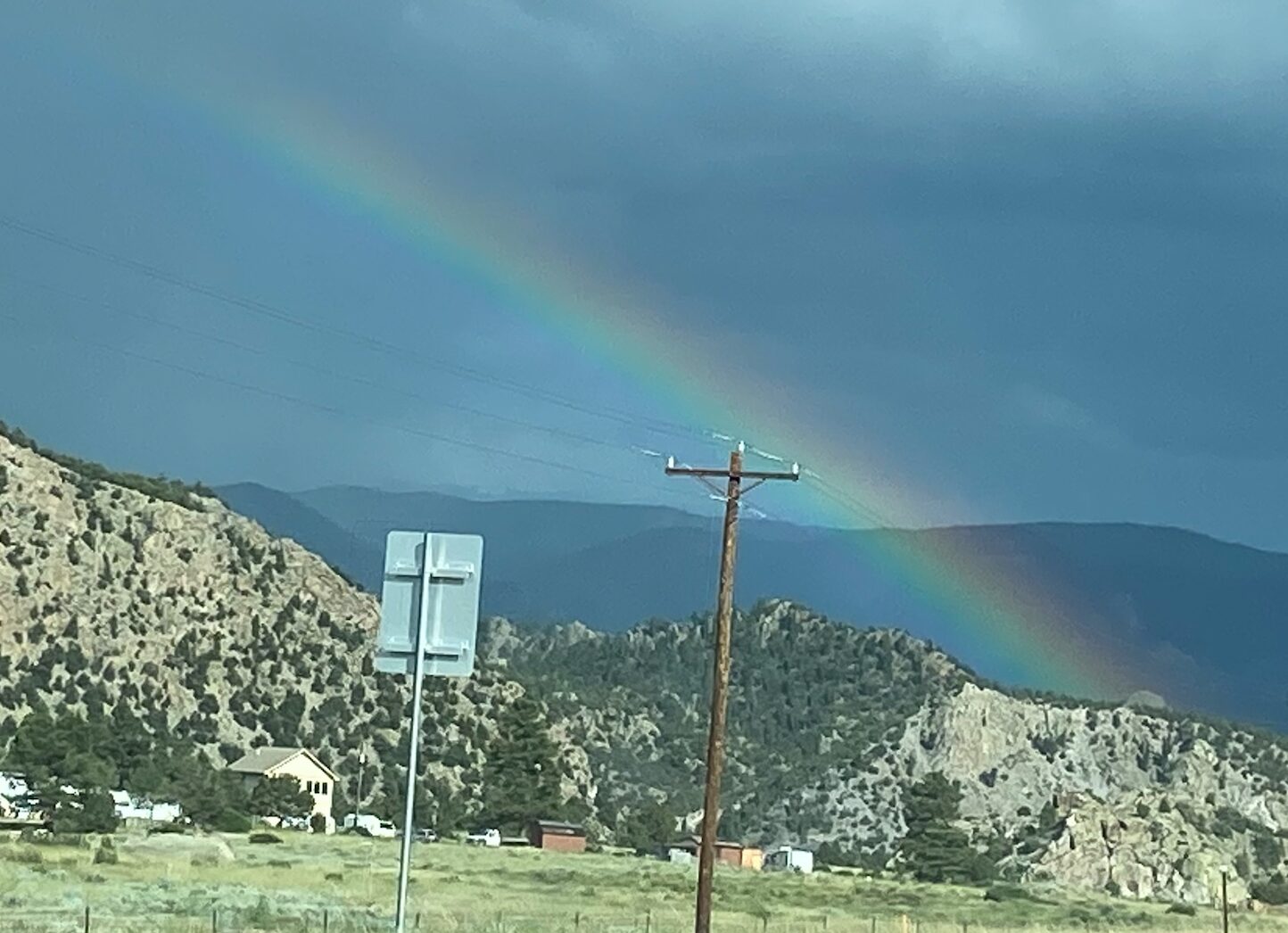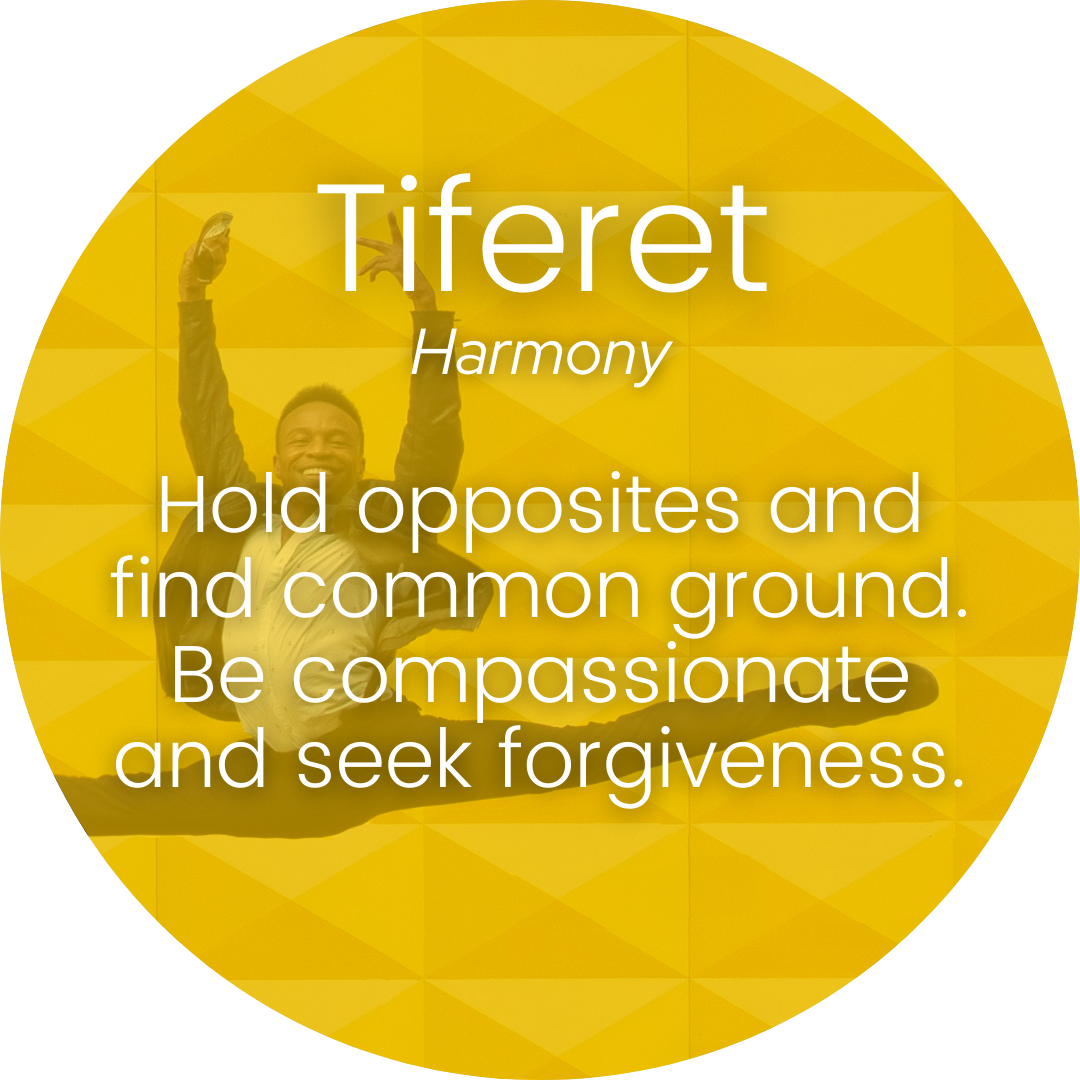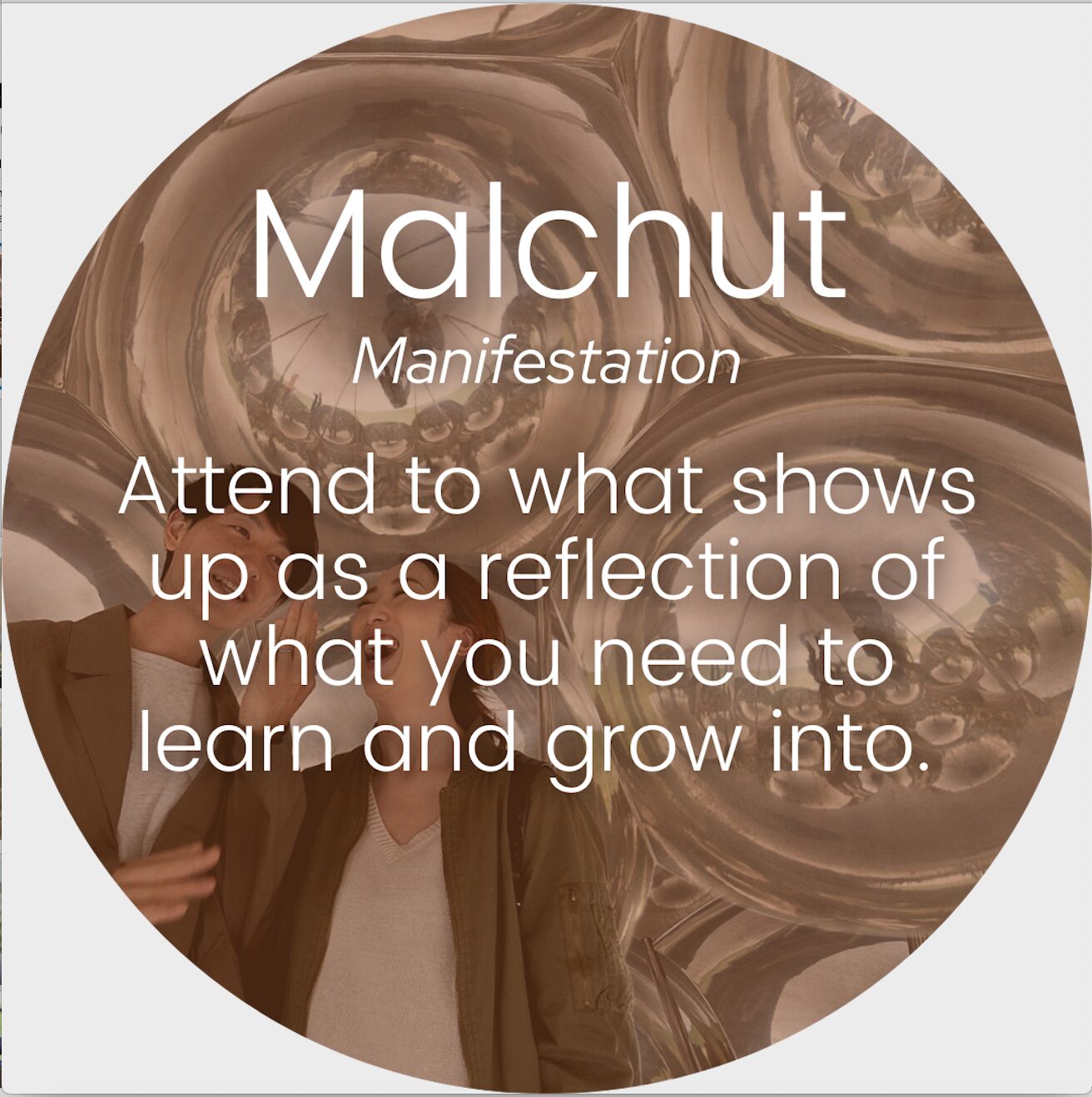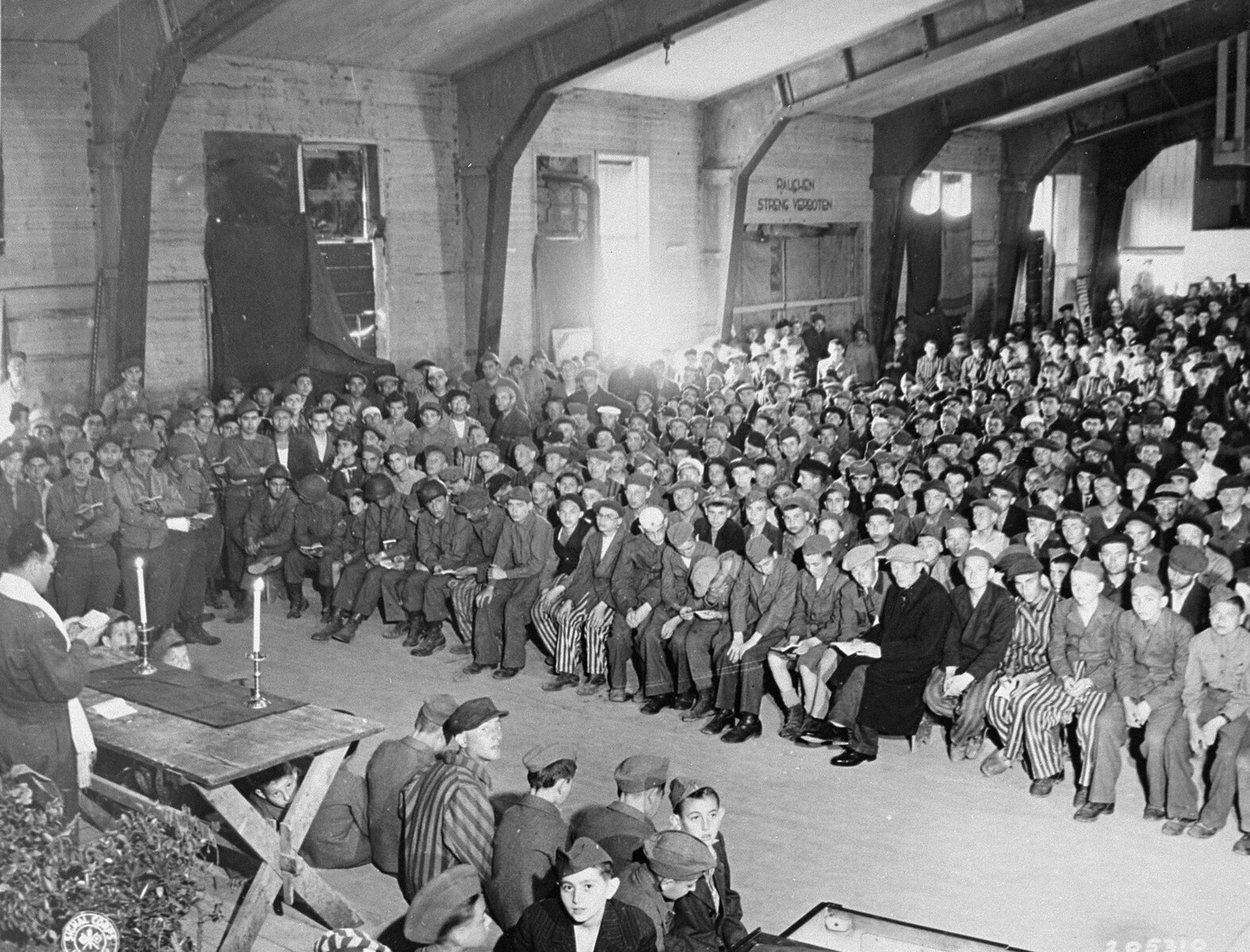 Legend has it that in 1982 Anne Herbert scrawled the words “practice random acts of kindness and senseless acts of beauty” on a place mat in a California restaurant and from there it randomly spread. About 10 years later Chuck Wall, a professor at Bakersfield College, recalls hearing about “random senseless acts of violence” and was inspired to assign his students the task of committing “one random act of senseless kindness” as homework. About 10 years later Catherine Ryan Hyde’s book Pay It Forward took a well-known concept (perhaps first introduced by Benjamin Franklin who in forgiving a loan suggested that the borrower discharge his debt by lending the amount to another) and a movement was born. Hyde’s book became a film by the same name in which there was a formula: If you are the recipient of a (random) kindness pay it forward x3.
Legend has it that in 1982 Anne Herbert scrawled the words “practice random acts of kindness and senseless acts of beauty” on a place mat in a California restaurant and from there it randomly spread. About 10 years later Chuck Wall, a professor at Bakersfield College, recalls hearing about “random senseless acts of violence” and was inspired to assign his students the task of committing “one random act of senseless kindness” as homework. About 10 years later Catherine Ryan Hyde’s book Pay It Forward took a well-known concept (perhaps first introduced by Benjamin Franklin who in forgiving a loan suggested that the borrower discharge his debt by lending the amount to another) and a movement was born. Hyde’s book became a film by the same name in which there was a formula: If you are the recipient of a (random) kindness pay it forward x3.
I was intrigued by the words random and senseless lined up with actions of kindness, both which left me a bit bewildered. Senseless is defined as either unconscious or wasteful. Random is defined as chance, with no direction or having no definite purpose (random can also mean a person of no consequence). I am assuming that what Anne Herbert and Chuck Wall meant by their catchy phrase of “random acts” connects with “paying it forward’ in that there is no sense of obligation or reciprocity—no contract between the parties involved. If I am the giver or the receiver of an act of random-senseless kindness there is no ledger that has been created. The Rabbis in Ethics of the Fathers called this “the reward of the mitzvah is the mitzvah—and “one mitzvah leads to another.”
Kabbalah wisdom insists that randomness is senseless. Nothing is random. This is my personal experience but I know better than to adopt a rigid position that does not allow for the possibility of its opposite.
I want to suggest though a new phrase that makes more sense to me: Synchronistic Acts of Kindness.
The following story as reported in the L.A. Times from this week serves to illustrate:
The couple who saved a 3-year-old boy just as he tumbled out of a third-story window in Burbank, California described the harrowing split-second actions that cushioned his fall.
Konrad Lightner and his wife, Jennifer, were carrying their box spring mattress out Sunday when they saw a toddler throw his leg over the window sill, his toys tossed to the ground below. After the boy got out, he clung to a telephone wire outside the window, spurring a split-second decision by the Lightners to position their box spring mattress below.
“He started crying, and I knew he couldn’t make it back to the window, so I just started getting ready for him to let go,” Konrad Lightner said.
A few seconds later the boy let go of the wire and fell about 30 feet into the arms of Lightner, who used the mattress as a sort of landing pad. The toddler was taken to a hospital for evaluation, but did not suffer any major injuries — a lucky break given that the Lightners weren’t supposed to be in the alleyway when he fell. The only reason they happened to be there was because they had been delayed by a stuck elevator during the move, the couple said.
Jennifer Lightner’s closing reflection was that they were, “at the right place at the right time.” Perhaps you will find yourself as well at the right place and time to extend a hand or some money to a person in need. That will be your synchronicity. The smile or hand or money may be just as needed as a mattress to break a boy’s fall.









1 Comment
JANE · March 20, 2014 at 7:59 pm
A tip o’ the hat from me and Dr. C. Jung!